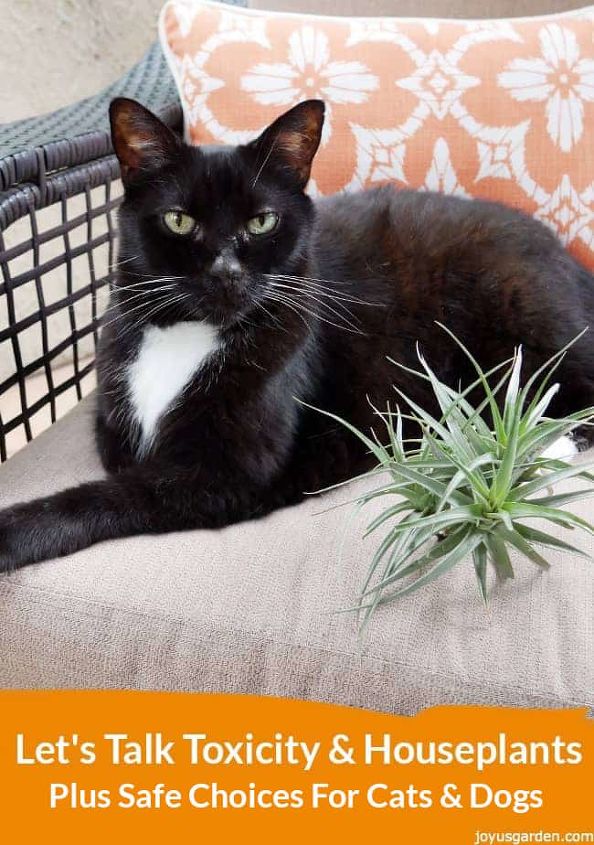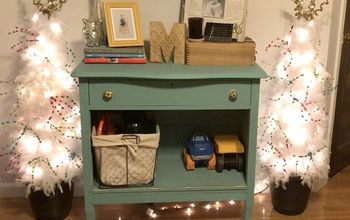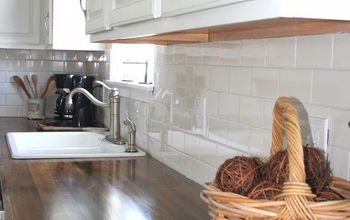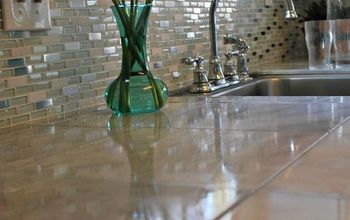Let’s Talk Toxicity & Houseplants; Plus Safe Choices For Cats & Dogs

by
Joy Us garden
(IC: blogger)
1 Material
$20
10 Minutes
Easy
We love our pets & our houseplants & want to share our homes with both. Here are things to think about in regards to toxicity & houseplants along with resources & safe plant choices for cats & dogs.
I love my kitties and I love my houseplants. A home is a much more delightful place to be with both of them in it. You most likely feel that way about your pets and plants too. Toxicity and houseplants can be a somewhat fearsome and misunderstood subject so I want to give you some things to think about. I’ll list safe choices for cats and dogs at the end.
This post is a guideline where I’m sharing my thoughts. It’s meant to give you something to think about. Do your research about a houseplant and decide if it’s one you want to bring into your home. I recommend checking out the ASPCA toxic and non-toxic plant list. It not only tells you if a plant is toxic or non-toxic, but also the effects it’ll have on your pet. There are more links for your reference at the end.
{
"id": "4134117",
"alt": "",
"title": "",
"video_link": "https://www.youtube.com/embed/TQNDNEv1yhE",
"youtube_video_id": "TQNDNEv1yhE"
}
{
"width": 634,
"height": 357,
"showRelated": true
}
It seems like there are more houseplants which are toxic, in varying degrees, than there are safe. Something which is toxic (containing some type of a poisonous substance) doesn’t necessarily mean it’ll cause death. There are many mildly to moderately toxic houseplants which will only cause irritation of the mouth, a skin rash and/or a bit of vomiting. On the other end, there are select plants that when ingested will cause liver failure or even death. Be informed.
Just know that some plants are toxic for dogs, others for cats and many for both. Horses I’m not even touching on here because hopefully, you don’t live with a horse in your home! The reaction your pet will have depends on their size and weight, the amount they ingest and what part of the plant they’ve eaten. Just chewing on houseplants usually isn’t too harmful but swallowing them can be.
You know your cat or dog and what they’ll do. I have 2 kitties, Oscar and Riley. Oscar occasionally chomps away on plants in my garden but he’s always had digestive issues. He never chews on my houseplants though. Riley could care less about any plants and focuses more on things that move, like lizards and birds.
Dogs and cats love to chew on grass outdoors. Oscar will sometimes swallow a bit of the plant he’s chomped away on and throw up. He vomits that plant part up one time and that doesn’t concern me. If he was repeatedly vomiting and having difficulty breathing, I’d get him to a vet in no time fast.
If your pet is showing signs of distress (vomiting, breathing issues, convulsing, excessive drooling, etc) immediately call your vet and give him or her the name of the plant or send a picture if you don’t know. Remember, common names can be tricky so it’s best to go with the botanical name or a picture. Also, they might be able to face chat with you and see what the pet is doing. If it seems serious, get your pet to the vet or emergency room as fast as you can.
Some reasons cats & dogs chew on houseplants:
To aid digestion. When pets are feeling gassy or slight nausea & they can’t get any grass, chewing on & ingesting plants make they feel better.
A lack of fiber in their diet.
With some houseplants, it’s a texture thing. My San Francisco kitty Ivan loved to chew on my bromeliads (which are on the safe list by the way) because their leaves are nice & crunchy. Just like how we love to munch away on potato chips!
They’re bored.
They’re angry.
Some things you can do to prevent your pet from chewing on houseplants:
Discipline. Try training your pet to stay away from your houseplants.
Get some grass. Kitty grass is readily available. I’ve never seen any living doggy grass sold – have you?
Sprays or sprinkles. These are store bought but many don’t have good reviews. Have you found one that works?
Cayenne pepper. It can be sprinkled in the plant or made into a spray. Just know that if you use too much, it can cause irritation.
Aluminum foil. Scrunch it a bit & put it in the pot. Cats especially don’t like the sound or feel of it. It’s definitely not the best look unless of course, you have a Star Trek theme going on in your house!
Use a safe or non-toxic plant, like a Ponytail Palm or a Neanthe Bella Palm, as an attractant or decoy. Place it where your pet can easily get to it & maybe they’ll leave the others alone.
Keep them out of reach. Hang your houseplants or put them on top of shelves, cabinets, etc. You could also try a tall plant stand (if your pet doesn’t knock it over!).
One last thing before we get on to the safe plants:
Just because a plant is listed as safe or non-toxic, it doesn’t mean it won’t cause your pet to throw up and/or have diarrhea. It won’t harm them but could cause discomfort along with a mess for you to clean up.
Some safe houseplants for both cats & dogs:
note: The Spider Plant contains an opium-like substance which might make your kitty loopy so that can be a bit of a risk. This 1 can easily hang out of kitties reach.
Bamboo Palm, Areca Palm, Kentia Palm & Neanthe Bella Palm.
Pictured here is a kentia palm
Hoyas.
Some ferns: 2 of my favs are Boston Fern “Dallas, Bird’s Nest Fern.
African Violets.
Air Plants.
note: Air Plants are small & light. Kitties love to chew on them!
Prayer Plants.
Peperomias.
Christmas Cactus, Thanksgiving Cactus, Easter Cactus.
Bromeliads.
Ponytail Palms.
Phalaenopsis Orchids.
I hope this has given you something to think about and that you’ve found it to be helpful. Be aware and informed: watch your pet’s behavior around houseplants and educate yourself. Here are some links so you can do your own research.
Happy indoor gardening,
nell
Enjoyed the project?
Suggested materials:
- Houseplants (Nursery)

Want more details about this and other DIY projects? Check out my blog post!
Published August 11th, 2017 11:39 AM








































Frequently asked questions
Have a question about this project?